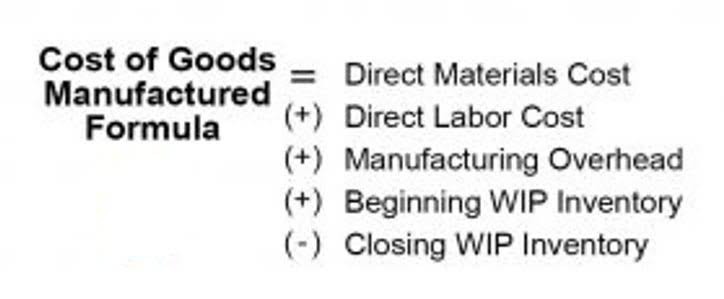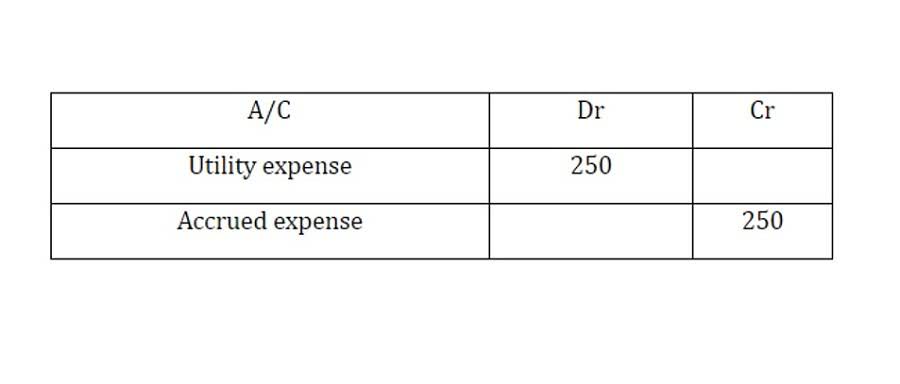Chưa được phân loại
What is the Statement of Owners Equity? Example & Template Statement

This often occurs when the company has insufficient cash but wants to keep its investors happy. When a company issues a stock dividend, it distributes additional shares of stock to existing shareholders. When firms earn a profit, they have two options as to what to do with their earnings. They can keep (retain) them and reinvest them back into the business, or they can pay them out to their shareholders in the form of cash flow dividends. Dividends are commonly in the form of cash, but dividends can be paid out in the form of stock or other assets as well.
- Streamline your financial management with QuickBooks Online’s intuitive solutions to demystify your financial reporting and experience the ease of having your financial information accurately calculated and readily accessible.
- Also, the ending balance on October 31 will be the beginning balance on November 1.
- The statement of owner’s equity addresses the last segment of the accounting equation in detail by laying out the equity elements of the firm and highlighting changes in these elements throughout the period.
- Owner’s withdrawals refer to the amount of money taken out of a business by the owner (in partnership or sole proprietorship).
- Every statement of owner’s equity reveals a vivid financial tale of the business over a specified time period.
- The interplay between these financial statements is a testament to the coherence of financial reporting.
Enhance Your Financial Insight with a Statement of Owner’s Equity
- The net income or loss from the income statement, after all, is a primary driver of equity changes, reflecting the company’s operational success or challenges over a period.
- The preparer must then reconcile the beginning equity with the current period’s transactions.
- The ending equity account balance is always carried forward to the following year and becomes the future year’s beginning balance.
- The change in retained earnings, contributed capital, and market valuation are added together to calculate the overall change in net worth.
- This continuity ensures that the financial statements are cohesive and that the equity figure on the balance sheet is substantiated by the detailed activity recorded in the equity statement.
- Both U.S. GAAP and IFRS require companies to include a document that outlines the changes in all equity accounts for greater investor transparency.
Net income increases capital hence it is added to the beginning capital balance. We can also refer to the income statement we previously prepared for the amount. The report covers a span of time, hence we use For the Year Ended, For the Quarter Ended, For the Month Ended, etc.

How to prepare a statement of owner’s equity

As discussed in the starting of this guide, statement of owner’s equity snapshot depicts the activity of cashflow through a business over a specified timeframe or accounting period. A statement of owner’s equity should be prepared as often as needed to provide timely and relevant financial information for decision-making. Common practice is to prepare it annually, aligning with the fiscal year-end.
Understanding and Analyzing the Statement of Owner’s Equity

Intuit does not warrant that the material contained herein will continue to be accurate nor that it is completely free of errors when published. This equation helps you see what’s left after paying off everything you owe. If your assets are worth more than your liabilities, you’ve got positive equity, which is a great sign for your business. If your liabilities are higher than your assets, your equity will be negative, which could mean financial trouble. This is a private form of ownership—the sole proprietor, or owner, has possession of all the company’s equity. Owner’s equity is the right owners have to all of the assets that pertain to their business.

Statement of Owner’s Equity Example
Because owners are exposed to several risks such as industry risk, product risk, financial risk, and so on, they must deal with them all in order for the business to thrive. Shareholders believe this Bookkeeping for Painters to be their property and a vital source of potential development. For example, creditors may reject giving money to a business if it is unable to demonstrate its ability to financially support itself without financial infusions from the owner.
5: The Statement of Owner’s Equity
With a sole proprietorship, the owner’s total investment in the business and the business’s net earnings add to the owner’s equity. Subtracted from this are any personal withdrawals made by the owner and any outstanding business debts. An owner’s equity total that increases year to year is an indicator that your business has solid financial health. Most statement of stockholders equity importantly, make sure that this increase is due to profitability rather than owner contributions. However, if you’ve structured your business as a corporation, owner’s equity works a little differently. It’s usually called shareholders’ equity and there are additional factors to consider.

